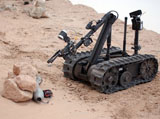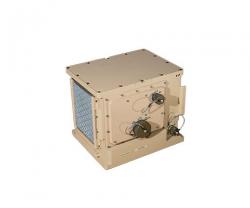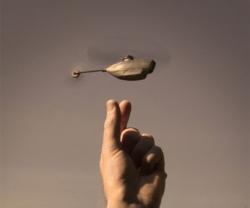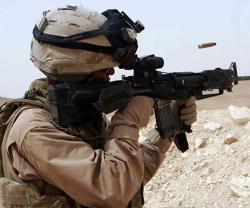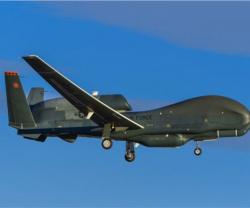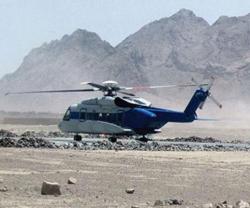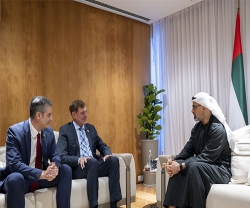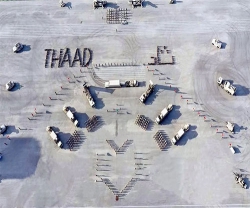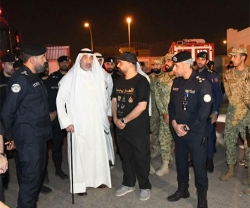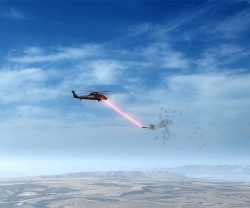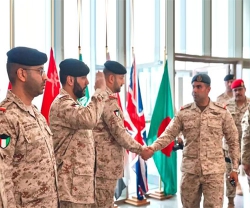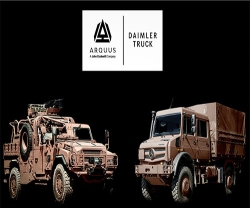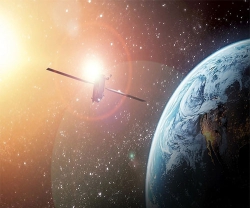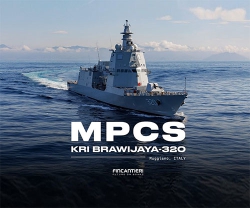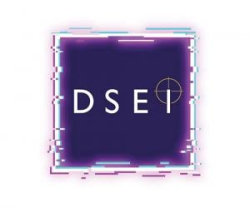New Robotics Technology
04.08.2011 Products
Unmanned ground vehicles allow warfighters to perform surveillance, route clearance and threat defeat from safer distances. Tele-operation makes it possible for warfighters to maintain even greater standoff distances while conducting these dangerous tasks.
New technology developed by the U.S. Army Tank Research, Development and Engineering Command's, or TARDEC's, Tank and Automotive Research Center may make it possible to perform these missions at an even greater distance, possibly far from the battlefield.
The military currently operates unmanned aircraft systems, or UAS, in theater but can control them from the United States. This has proven very effective in Iraq and Afghanistan, so in May 2010, the Tank Automotive Research, Development and Engineering Center's Ground Vehicle Robotics, or GVR, team undertook an initiative to determine whether unmanned ground assets could be similarly controlled.
"While UAS are flying in theater, they're being controlled from here," remarked GVR Robotics System Integration Laboratory Electrical Engineer Ty Valascho. "Our task within GVR was to see if we could get that capability working and be able to drive it using all in-house assets."
TARDEC's Long Distance Tele-Operation, or LDTO, system allows operators to access a secure Web portal and log into the system. Miles away, the UGVs have already been dialed-in. Once connected, the operator selects a platform from a drop-down menu and is directed to a user interface screen that includes a variety of commands and a video link with the platform.
The robot is operated through the Internet using a cellular data signal.
"We made the design choice early on to use a cellular data link, so securing that equipment, getting the appropriate approvals and working it through the configuration control board all took some time and effort," Valascho explained. "Michigan State University and Wayne State University, who partner with us through the GRRC, assisted us with setting up the secure website, and once we had that, we were able to begin the challenge of getting the system to work."
While video cameras allow operators to see oncoming hazards, the use of unpredictable Internet connections and data feeds poses significant challenges.
"If the robot's moving at full speed and you're trying to negotiate around something, even a half-second delay can make a huge difference," Valascho noted. "Latency is a problem, and the fact that we're going over the Internet adds another challenge, because it's not constant latency. This is a variable latency, so sometimes the delays are very great and sometimes there's very little delay. We're trying different techniques to minimize the effect on the user."
As the team continues to address latency, they are also developing a user interface that is easy to use, yet still allows the full range of platform capabilities. Currently, a common basic interface is used to control all platforms. "There are several refinements we're making to the user interface," Valascho remarked.
By Derhun D. Sanders, Tank Automotive Research, Development and Engineering Center
New technology developed by the U.S. Army Tank Research, Development and Engineering Command's, or TARDEC's, Tank and Automotive Research Center may make it possible to perform these missions at an even greater distance, possibly far from the battlefield.
The military currently operates unmanned aircraft systems, or UAS, in theater but can control them from the United States. This has proven very effective in Iraq and Afghanistan, so in May 2010, the Tank Automotive Research, Development and Engineering Center's Ground Vehicle Robotics, or GVR, team undertook an initiative to determine whether unmanned ground assets could be similarly controlled.
"While UAS are flying in theater, they're being controlled from here," remarked GVR Robotics System Integration Laboratory Electrical Engineer Ty Valascho. "Our task within GVR was to see if we could get that capability working and be able to drive it using all in-house assets."
TARDEC's Long Distance Tele-Operation, or LDTO, system allows operators to access a secure Web portal and log into the system. Miles away, the UGVs have already been dialed-in. Once connected, the operator selects a platform from a drop-down menu and is directed to a user interface screen that includes a variety of commands and a video link with the platform.
The robot is operated through the Internet using a cellular data signal.
"We made the design choice early on to use a cellular data link, so securing that equipment, getting the appropriate approvals and working it through the configuration control board all took some time and effort," Valascho explained. "Michigan State University and Wayne State University, who partner with us through the GRRC, assisted us with setting up the secure website, and once we had that, we were able to begin the challenge of getting the system to work."
While video cameras allow operators to see oncoming hazards, the use of unpredictable Internet connections and data feeds poses significant challenges.
"If the robot's moving at full speed and you're trying to negotiate around something, even a half-second delay can make a huge difference," Valascho noted. "Latency is a problem, and the fact that we're going over the Internet adds another challenge, because it's not constant latency. This is a variable latency, so sometimes the delays are very great and sometimes there's very little delay. We're trying different techniques to minimize the effect on the user."
As the team continues to address latency, they are also developing a user interface that is easy to use, yet still allows the full range of platform capabilities. Currently, a common basic interface is used to control all platforms. "There are several refinements we're making to the user interface," Valascho remarked.
By Derhun D. Sanders, Tank Automotive Research, Development and Engineering Center
Previous PostHarris: New Orders for Falcon III Multiband Radio
Latest news
Latest events
DefenPol China2025 - 7th Guangzhou International Defense & Police Exhibition & Summit
11 - 12 Jul 2025Nan Fung International Convention & Exhibition Center (NICEC) - ChinaIDEF 2025 Turkey - International Defence Industry Fair
22 - 27 Jul 2025Istanbul Expo Center - TurkeyDSEI 2025
09 - 12 Sep 2025Excel, London - United KingdomIntersec Saudi Arabia
29 Sep - 01 Oct 2025Riyadh International Exhibition & Convention Centre - Saudi Arabia

